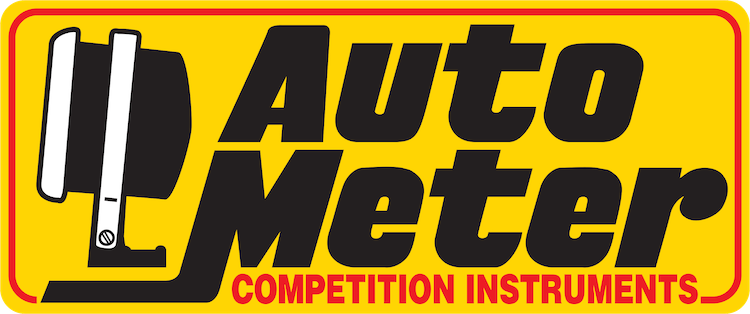Where should the antenna be placed?
The antenna should be placed anywhere it has clear view of the sky. This can be in the interior (such as top of the dash, top of package tray, or on the a-pillar) or you can mount it to the exterior. The antenna is weatherproof and paintable, as well as magnetic. Mounting under the dash, in the glove box, under the console, or anywhere else can result in slow acquisition time, or no acquisition due to blocked signal.
Speedometer reads “No Antenna”
This problem can occur due to the antenna not being connected, damage to the cable, or the center terminal of the cable connector getting damaged during installation. You can test your antenna with an ohmmeter to make sure it is not damaged open. Measure from the center core terminal of the cable to the brass sleeve of the cable nut. You should see very near 16K (16,000) ohms.
Speedometer reads “No Data”
This is most commonly due to electrical noise/interference being picked up by the antenna. Some of the causes we have seen in the field are:
- Antenna location – If located very near the engine compartment, relocate further back on or in the vehicle.
- Antenna too close to another GPS related device – Two GPS devices can compete for signal, interfering with one another of causing the one to become disrupted.
- Ignition noise being picked up through antenna from an ignition system – This can happen due to solid (copper or stainless core) plug wires, magneto ignitions, and some low-cost/overseas build HEI ignitions. Try moving the antenna as far away from the ignition system as possible. If running solid core wires, substitute a set of suppression core wires if possible. If running a low cost, overseas HEI, consider replacing with a genuine GM or quality aftermarket unit.
- Low operating voltage – Speedometers are designed to operate from 12 to 16 volts. Therefore if you have low voltage (such as 9 volts for example) you can encounter a “No Data” message.
Long signal acquisition time
This is typically due to antenna location. Try moving your antenna to a better location, or even outside.
Should I cut this long, extra length of cable?
Absolutely not. Simply coil up the extra length of cable and secure under the dash away from any other high current devices (ignition systems or electric motors). You don’t want to try to splice two ends back together.
Why does it make a difference what ignition system I am running if this is a speedometer?
Ignition systems in the performance after market can be very powerful in order to light off the air/fuel mixture under high cylinder pressures, and at high RPM’s. The byproduct of these powerful ignition systems is ignition noise. This ignition noise is tolerable in most OEM ignition systems, however growing demands of street ignition systems have not made them immune to the same issues found on race oriented ignition systems.
The other ignition related issues we see are dealing with low cost “economy, or bargain” ignitions. While these ignition systems can meet the demands of the engine, these ignition systems may use lower quality components that can cause RF noise or other issues as a byproduct.
You may ask, “AutoMeter is a performance company. Shouldn’t an AutoMeter GPS work with these performance ignitions?” In most cases they do. Due to how GPS technology works, the GPS signal can simply be masked or wiped out from these ignitions. However, AutoMeter engineers are constantly reevaluating popular ignition systems and performing tests on new products to make them as rugged as possible.
Ground!
Did you really think you were going to get away from this FAQ without seeing that dreaded, so commonly used word “Ground”? In order for any electrical devise to be able to efficiently cancel out electrical and ignition noise, the ground must be up to the task. If you are having strange issues that happen under load, or when other electrical devises are used, or no data issues, then take a fresh look at your ground location. When in question, ground to the engine or transmission. We advise AGAINST body, chassis, and battery grounds.
